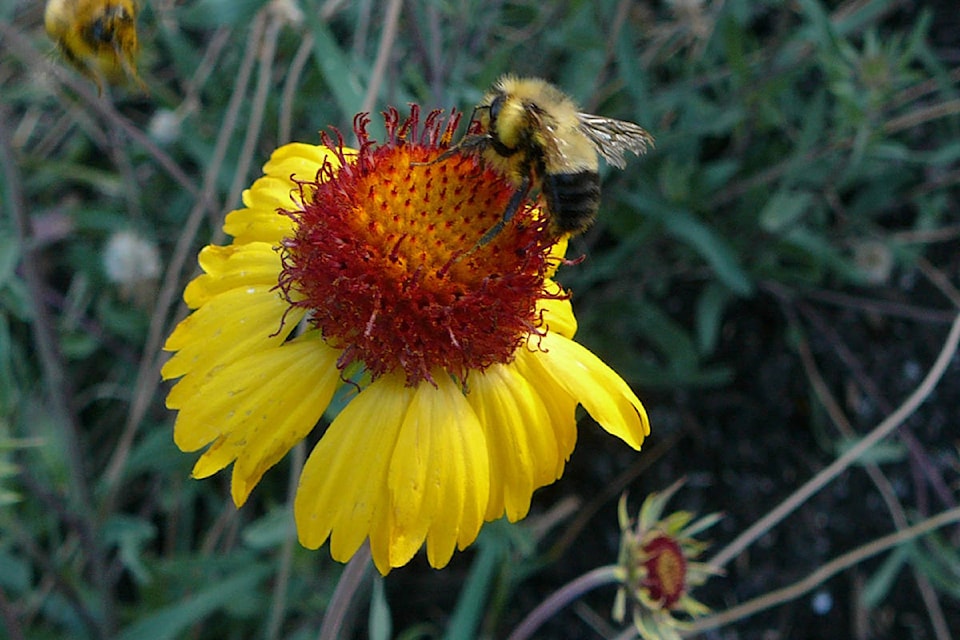By Gwen Steele
The continuous hot, dry weather is a challenge for gardens and can lead to much higher water consumption.
Now is a great time to evaluate your landscape and to check how each plant is managing in these conditions.
I suggest evaluating each garden bed or watering zone individually.
Make notes and take photos to help plan for changes to make in the fall or early spring so your garden beds are more water-wise and resilient for next year.
Do any plants need more water than the rest of the plants in that watering zone? Do any plants frequently wilt? Do any plants have crispy leaves? These are stress signals that the plants needed more water.
If most of the bed was fine and only a few plants showed stress these could be moved to an area with plants that get more water. Often these same plants will be fine in a low water situation if they get more shade, particularly from the hot midday and afternoon sun.
Conversely, if plants in a partly shaded bed are leaning toward the sun, they need to be moved to a sunnier location.
Over-watering can also stress plants. Too much water can lead to tall weak growth that needs to be staked. Plants will not look their best. Staking is a maintenance task that can often be avoided by reducing the irrigation on a plant so it will have shorter, sturdy, compact growth.
Another indication of over-watering can be an aphid attack on new growth and buds. Aphids like juicy new growth and are attracted to plants that are stressed by over-watering. Next year watering could be cut back for the whole garden bed unless it is just a few plants that need less. In that case they could be moved to a drier location.
My own garden is in a constant state of experimentation to see what does well in sandy soil and with tree root competition so there are always changes to be made. If a plant is not doing well and it is something I鈥檓 not really attached to, I may plan to give it away to someone who has a more suitable place for the plant.
Another aspect of watering to evaluate right now is the ease of watering. Are there areas that need watering but are hard to water effectively because they are an odd shape? Are there areas that are impossible to water without watering hard surfaces such as a driveway or sidewalk, thus wasting water?
Plans could be made to change each of these areas to extremely drought tolerant plantings which would need little or no water once plants are established.
Next week I鈥檒l write about characteristics of drought tolerant plants.
Please leave a message at info@okanaganxeriscape.org if you wish to be notified about OXA鈥檚 fall xeriscape class schedule.
Gwen Steele is executive-director of the non-profit Okanagan Xeriscape Association. Learn more about Gardening with Nature and plants for the Okanagan on the website at www.okanaganxeriscape.org.



